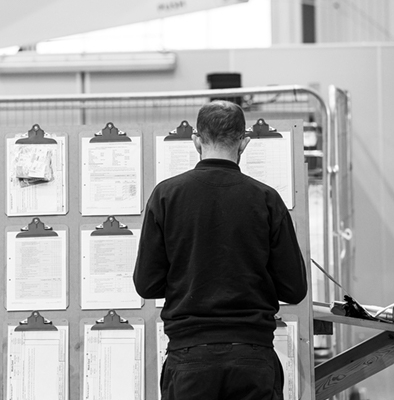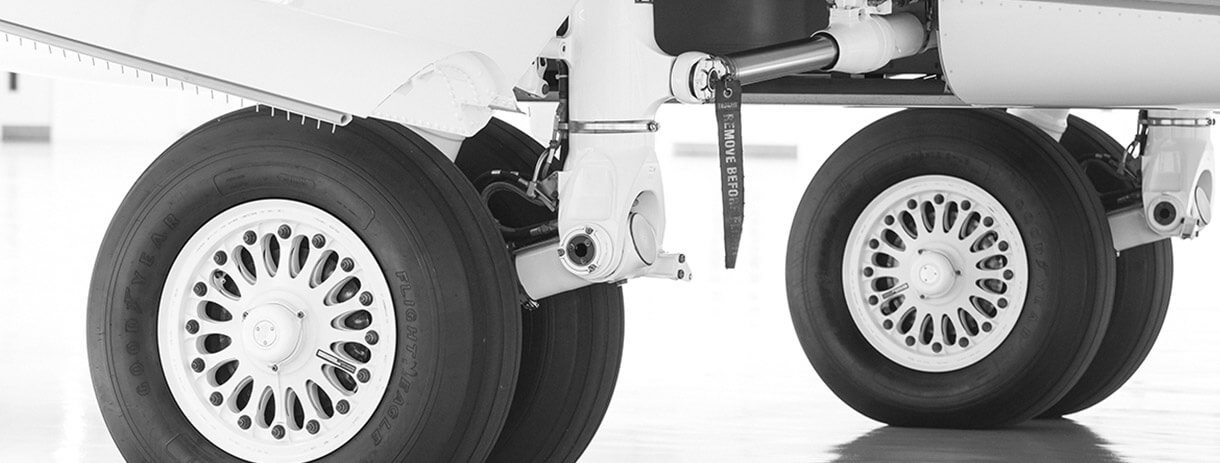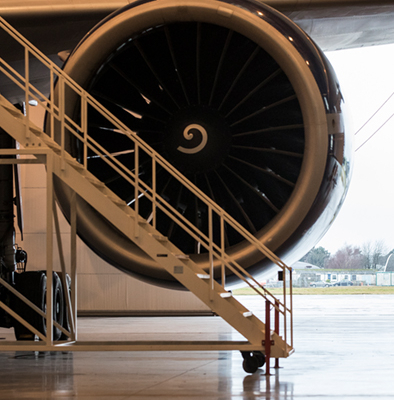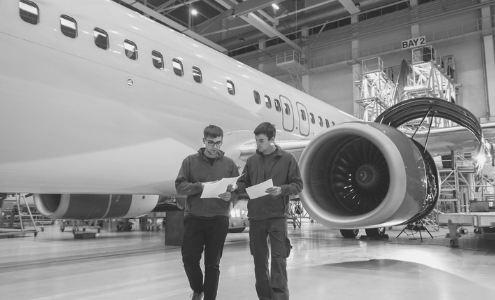Aircraft storage is an unusual topic for a blog post but an important one for the time. The arrival of the COVID-19 pandemic has resulted in enumerate challenges for lessors, banks and operators. As some of the immediate dust settles on what is likely to become the ‘new’ normal for at least the next quarter, we consider what the impact is on aircraft storage and the implications for their ongoing airworthiness compliance.
Your airworthiness responsibilities are not discharged because the aircraft is on the ground or in storage.
It may be convenient to think that this is the case but don’t be fooled. As a complex machine, systems and engines need to be regularly run. This ensure that lubricants don’t pool or begin to degrade (most engine programs will require the engines to be run every week). By not regularly instructing capable engineers to conduct these runs and checks you are at risk of significantly devaluing the asset, facing high maintenance premiums and falling fowl of any engine programmes that you may have. Business aviation operators should particularly take note.
Consider where you are parked and length of time you believe you will be on the ground.
If you are a business jet operator, then we would recommend hangaring aircraft if possible. Although the risk is minor you do not want to encourage corrosion (at worst), a decline in exterior appearance or greater exposure to the weather than is necessary. There is also the risk of collision damage going unreported as volume of parked aircraft becomes greater and fewer people on site. Currently cost-effective hangar positions are there to be had as MRO’s switch activity from maintenance to hangar support. Most hangar support contracts will also come with a package to support the aircraft.
Use the time proactively.
As a business owner myself I know exactly how hard this is to look beyond the immediate problems that we are presented with. The current situation will end, and we can expect a rapid bounce back to normality. If this is the case, then using this time to proactively plan maintenance activity, ensure records are up to date and flex your buying power with MRO’s to leverage the best deals is well worth focusing on.
Deferred Defects, ADs and SBs.
Those nagging, irritating defects that keep appearing or new ADs and SBs. Use the time to take them out of your operation. Maintenance teams are available and will be working. For example our sister company Gama Aviation’s Bournemouth team has teams available or hangar space within which these defects can be resolved. Two major airlines are regular clients.
Mandates: ADS-B Out for business jet operations
Business jet operators you have three months to comply (it may change given the circumstances) but don’t leave your aircraft operations to chance. Again, talk to the MROs as you can take advantage of good deals.
Lack of capacity
Maintenance is planned and therefore the space requirements for the aircraft are known well in advance. Things are now different with people and space creating capacity issues at your established maintenance locations. This is the time to use you CAM team or company’s such as FlyerTech to find capacity and resources to make best use of this window.
Preparing for sale or lease hand backs
It would be naive there won’t be attrition in the market because of this health crisis. If so, then pre-owned values are likely to tumble as supply exceeds demand. As we saw after the GFC, those aircraft that present well to the market with complete, clean records tend to hold values and sell fast. Those that don’t; don’t. Now is the time to mitigate those transaction risks.
How can we help you?
We can assist throughout the Lease Transition period including any period of Storage. As required by EASA Part M Sub Part G, we will monitor and manage the Aircraft’s Continuing Airworthiness Management requirements throughout the storage period, including the forecasting and planning of the Approved Maintenance Program requirements together with the production and supply of required work packs and the subsequent updating of the aircraft records. We’ll also be actively monitoring the issue of Airworthiness Directives (AD’s) and assisting with the planning of AD compliance action, including the tracking of component replacements resulting from robberies and maintenance.
We are here to help. Please talk to us if you would like a third-party point of view about how you can capitalise on your aircraft’s enforced downtime.
Martin
[email protected]
Safe harbour statement:
No representation, guarantee or warranty is given as to the accuracy, completeness or likelihood of achievement or reasonableness of any forecasts, projections or any forward looking made by or on behalf of FlyerTech Ltd or its parent Gama Aviation Plc or its subsidiary companies. Forecasts, projections and forward-looking statements are, by their nature, are subject to significant uncertainties and unpredictable variations in market conditions. The information provided should not be construed as advice to make business decisions. Neither FlyerTech Ltd, Gama Aviation Plc nor its shareholders, Directors or employees or other representatives shall be liable for any loss, expense or cost (including without limitation, any direct or indirect loss) that you incur directly or indirectly because of, or in connection with the use of data, information, estimates, projections, forecasts or forward-looking statements contained herein.
 https://www.flyertech.com/wp-content/uploads/2020/07/grid-case-studies-arc.jpg
517
394
Mike
https://www.flyertech.com/wp-content/uploads/2020/05/Flyertech-Logo-1.png
Mike2024-11-14 17:16:162024-11-14 17:16:16The Benefits of Outsourcing Technical Representation
https://www.flyertech.com/wp-content/uploads/2020/07/grid-case-studies-arc.jpg
517
394
Mike
https://www.flyertech.com/wp-content/uploads/2020/05/Flyertech-Logo-1.png
Mike2024-11-14 17:16:162024-11-14 17:16:16The Benefits of Outsourcing Technical Representation




